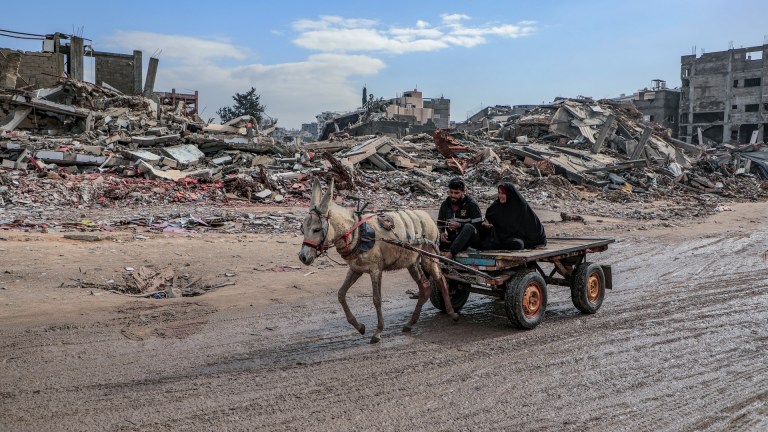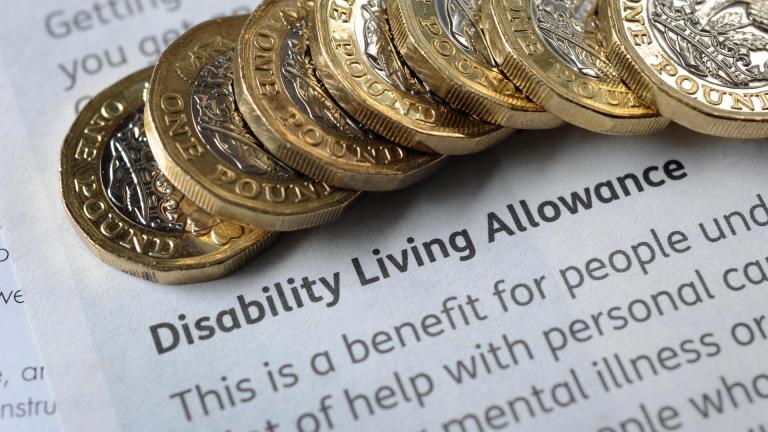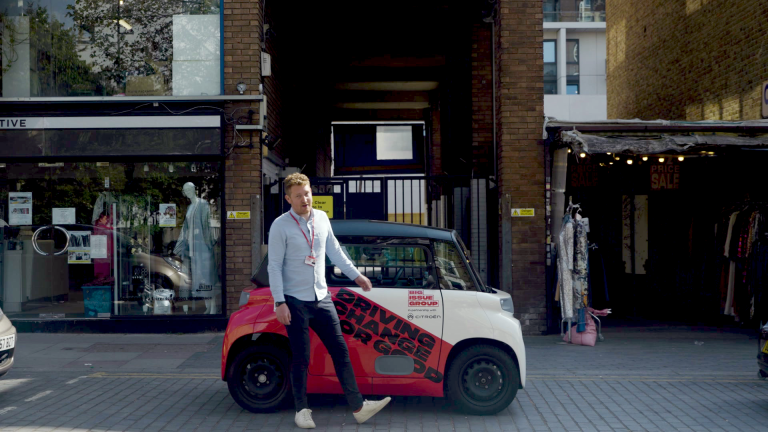From my house, I see a lot of trees. We live on the edge of the city, just before it butts into the country, and the view from the back, over rooftops, is of trees. They climb out from the White Cart river valley, and up over the hill towards Glasgow. Mostly birch, ash and some oak, they signal the seasons.
In winter frost sits between them. Sometimes early morning mist rises through them. On dark, quiet summer nights, I can hear owls call from over there. I assume they’re owls. I’ve decided they’re owls.
The trees are coming into leaf now. I have no doubt that this view, and its changes, has had a calming impact on me for the years we’ve lived there – the external talking the internal dialogue down from its frantic spin.
Clearly, there is something beneficial in being around trees. A few years ago, the Japanese idea of forest bathing became voguish. In reality, it’s been around since antiquity, but give something a Sunday supplement picture spread and a mention of mindfulness and you’re at the races!
- UK tree planting is being ‘outpaced’ by the number lost in climate change events
- ‘The image says it all’: The meaning behind Banksy’s London tree mural, revealed
- Rural life can worsen mental ill health – but therapy in nature helps people feel grounded
I like stories about trees. Not like the Magic Faraway Tree, though obviously that has its moments. But real trees. There are around three billion trees in the UK, more than at any point in the last 100 years. In early April, in England, the result of a count of the non-woodland trees was revealed. They used satellites and laser detection, rather than a bloke with a big ring binder and a biro. Though it’s still an impressive feat, is it not?
The information will be used to help work out where best to plant more trees, where to give nature a boost. Recent government research put a figure on the value of non-woodland trees. In late 2022 Forest Research and Defra calculated the number at £3.8bn. They based it, they said, on the role trees play “in sequestering and storing carbon, regulating temperatures, strengthening flood resilience and reducing noise and air pollution”. The hard numbers prove value.









